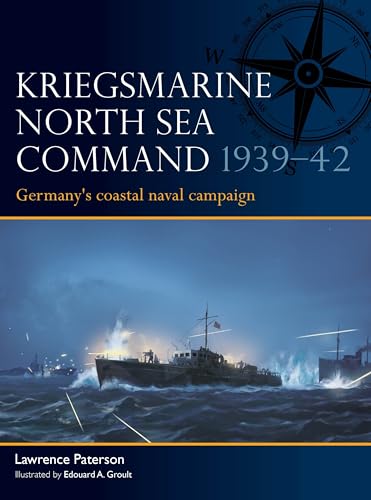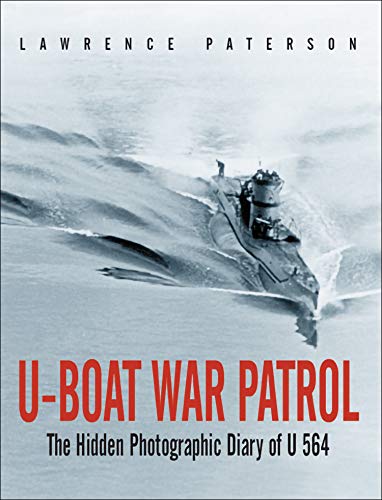
German Naval Vessels of World War Two
by United States. Office of Naval Intelligence
Popularity
2.87 / 5
* A book's popularity is determined by how it compares to all other books on this website.
Where to buy?
Buy from Amazon* If you buy this book through the link above, we may receive a small commission at no extra cost to you.
German Naval Vessels of World War Two by United States. Office of Naval Intelligence
Details
War:
World War II
Military Unit:
Kriegsmarine
Biography:
No
Region:
Europe
Page Count:
12
Published Date:
1993
ISBN13:
9781557503046
Description
Brief Summary
German Naval Vessels of World War Two by the United States Office of Naval Intelligence is a meticulously detailed reference guide, showcasing more than 1,200 illustrations of German naval ships from the Second World War. This book, originally a restricted recognition manual, offers a comprehensive visual exploration of the Kriegsmarine's fleet, documenting everything from the colossal battleship Tirpitz to various cruisers, destroyers, and U-boats, along with captured vessels. The manual was compiled from diverse sources such as intelligence reports and reconnaissance photographs, making it an indispensable resource for naval historians and enthusiasts. Naval historian A. D. Baker III's introduction provides valuable historical context, enhancing the understanding of the book's significance during the war.
Main Themes and Topics
The primary themes of German Naval Vessels of World War Two include naval warfare recognition, German naval engineering, and World War II maritime strategies. The book emphasizes the technological and tactical approaches of the Kriegsmarine through detailed line drawings, silhouettes, and airbrush renderings. These visual elements highlight the unique features and differences between various classes of warships. The manual also focuses on the methods of camouflage painting used by the German Navy, presenting an in-depth look into the adaptive strategies employed during the war.
Writing Style and Tone
The document is authoritative and detailed, reflecting its purpose as a naval recognition manual. The tone is factual and educational, aiming to convey precise technical details and recognition features needed for wartime identification of enemy ships. The introduction by historian A. D. Baker III is slightly more narrative, providing context and explanation to the historical significance of the work, while the rest of the manual maintains a focus on clear, descriptive, and technical prose.
Criticism
While German Naval Vessels of World War Two is invaluable as a historical and reference document, some may find its technical nature and lack of narrative elements less engaging for casual readers. The focus on intelligence and recognition details may be overly specialized for those without a strong interest in naval warfare or military history. Furthermore, the book's value largely rests on its illustrations and technical schematics, which may not satisfy readers looking for comprehensive historical analysis beyond ship recognition and specifications.









